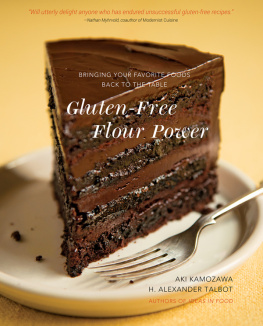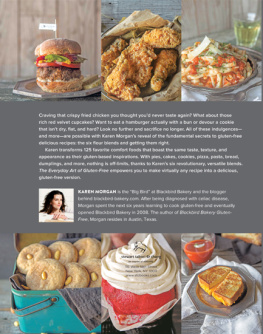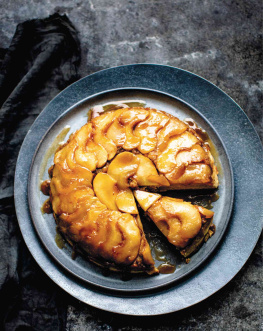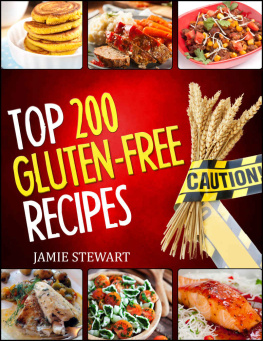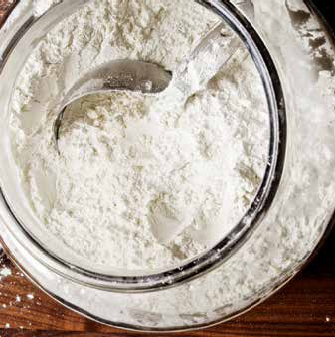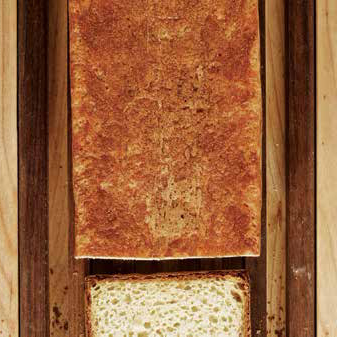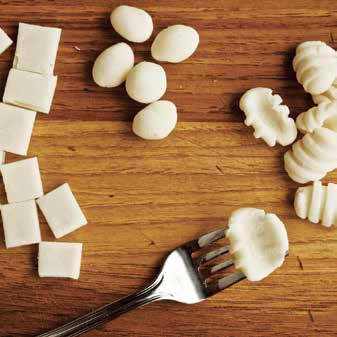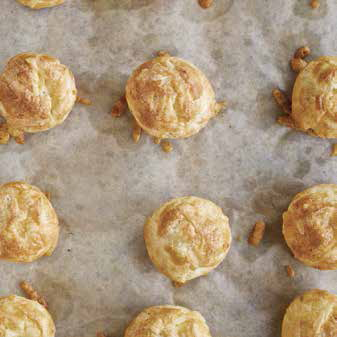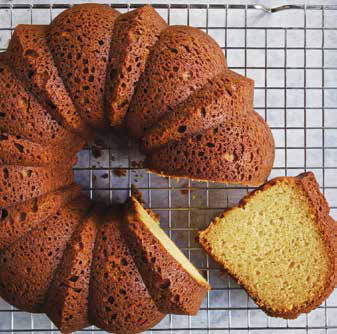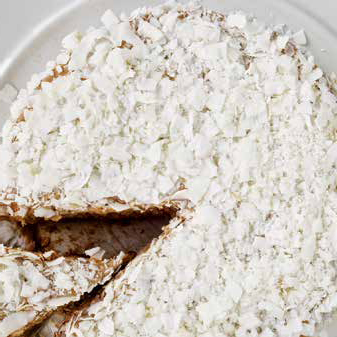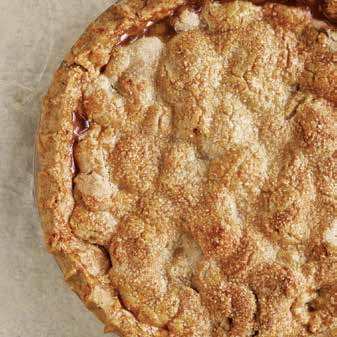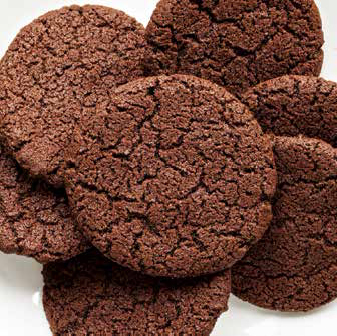

This book is for our daughter, Amaya,
who taught us that asking questions allows us to make new discoveries.
Please bookmark your page before linking.
g luten-free food is not a fad. Its here to stay. For us that is exciting, because we love a challenge. When chefs started calling us to teach gluten-free workshops, we knew we had to step up our game. Its not enough to create recipes that are greatfor gluten-free; we wanted to create great recipes that just happened to be gluten-free. Leaving out the gluten was a crucial parameter in developing these recipes, but the defining factors were taste and flavor.
The definition of the word diet is the kind of food that a person, animal, or community habitually eats. For a variety of reasons, mostly health related, a good percentage of the population now chooses not to eat gluten. You dont have to have made that choice yourself to need a few great gluten-free recipes in your back pocket, you simply have to want to cook for someone who has.
Lets start with the basics. Wheat flour is a hydrocolloid. That means it absorbs water and creates a gel. Wheat flours, which consist mostly of starch, are classified by their protein content. The amount of protein in the flour is what dictates the elasticity of your bread or pasta dough. Gluten is formed when two proteins, glutenin and gliadin, absorb water or another liquid. Gliadin is sticky and stretchy, giving dough extensibility, and glutenin adds strength and elasticity to a dough. Elasticity refers to the ability of a dough to spring back after it has been stretched. These two proteins work in concert to create gluten.
When gluten absorbs water (a process known as hydration ), it forms long, stretchy, elastic strands that define the structure of a batter or dough. Then when you cook it, the heat causes the starch granules to swell up, thickening and forming irreversible bonds with the water, the process called gelatinization . As the water inside the protein network heats, it changes into steam, which forces the network to expand; this is steam leavening . The final step is coagulation . Once the proteins reach a high enough temperature (165F./74C.), they begin to solidify, setting the structure of the bread or cake.
If you dont develop enough gluten in your bread dough, it wont be able to stretch and the resulting bread will be heavy and dense. If you develop too much gluten in your cake batter, on the other hand, it will become too elastic and the cake will be tough and chewy. Finding the perfect balance with gluten is an art, and replacing gluten with something else entirely can be challenging.
Without the protein in wheat flour, you need to find a new way to build structure in your dough. We do this in our flour blends by using a combination of starches, gums, and proteins that mimics the effects of gluten. Weve come up with three different blends to address a variety of dietary needs. Making these blends may seem like an investment because of the number of different flours involved, but you will find that gram for gram, our homemade flour blends are less expensive than the gluten-free flour blends sold in retail outlets. It doesnt take long to whisk them together, and the results are well worth the minimal effort. Our gluten-free blends contain everything you need to re-create your favorite gluten recipes without having to add any other ingredients. They are all-purpose blends made without gluten that can be adapted to any traditional recipe.
We have seen that when people eliminate gluten from their diets, they begin to pay more attention to the effects that food has on their bodies. Its not unusual for people on gluten-free diets to become aware of other food allergies or sensitivities. For that reason, we created three different flour blends. They have all been tested with every recipe in this book and they all work in each one.
When we asked people to taste-test the recipes in this book, we didnt always tell them they were gluten-free. We wanted an honest opinion of flavor and texture without any preconceptions. Anything that did not receive rave reviews was not included here. These are wonderful sweet and savory recipes that you can serve to anyone you love, regardless of whether or not they are eating gluten-free.
gluten
free
flour
power
CHAPTER 1

Our gluten-free pantry.
W orking with gluten-free flours means putting aside some preconceived notions about how batters and doughs should behave. While some of the recipes in this book will seem remarkably similar to versions youve been making your entire life, others will seem unfamiliar. Bakers are traditionally taught that too much stirring can ruin a delicate cake batter by overdeveloping the gluten, but theres no gluten here. Bread dough will be wet and rise almost completely in the pans before baking instead of the oven. Pie dough will be soft and malleable. It may tear easily but it can simply be pressed back together with no ill effect. Certain textures and techniques will be different. What follows is a little background information on the flours, starches, and proteins we use in this book.
Dont think of gluten-free cooking as restrictivethink of it as changing your perspective. Creativity loves working within new parameters, and this is an opportunity to think outside the box when it comes to recipes that you may have been using for years. Youll find yourself tweaking the tried-and-true recipes that youve always relied on and possibly making them even better than before. Change opens up the imagination, and you may discover flavor combinations that bring new life to old favorites. Exploring different techniques and unfamiliar ingredients is one of the things that makes cooking fun for us.
Next page
